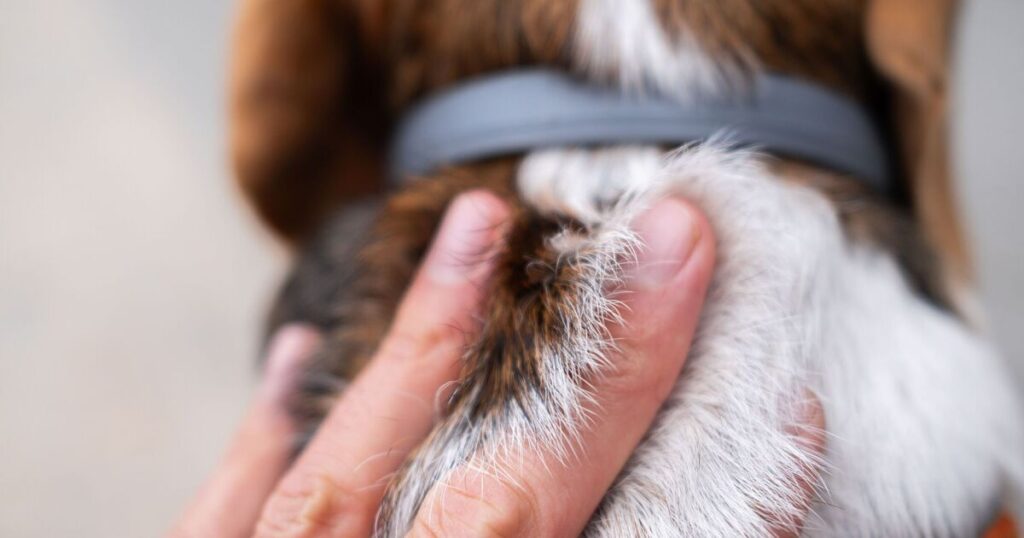
Fleas are a common pest on a variety of animals, including dogs, cats, rabbits, chickens, hamsters and guinea pigs.
Fleas are tiny, wingless parasites that survive by sucking on animal or human blood. They find new hosts to live on by searching for body heat, movements and breathing, according to WebMD. Once they find a new host they jump onto its skin, fur or feathers.
Flea bites are irritating and painful and can lead to skin damage, severe allergies and infections. The RSPCA knowledge base informs pet owners that in very young or old animals, blood loss from heavy flea infestations can cause anaemia.
Animals can pick up fleas from their surroundings or by coming into contact with other infested animals, as fleas are capable of jumping from one host to another. Adult fleas lay eggs on an animal’s fur and then end up in the surrounding environment, such as on bedding, under furniture or in carpets.
In warm and humid environments, flea eggs, larvae, and pupae develop into adult fleas when they sense the presence of animals, allowing the cycle to continue. Ben, a small animal vet based in the UK, has posted a video on TikTok showing how to check if your pet has fleas.
Demonstrating on a cat, he said: “This is the best way to check if your pet has fleas. This is called a wet paper test.
“It will detect flea dirt, which is basically flea poo containing digested blood, because fleas feed on your pet’s blood.”
Ben advises owners to wet a piece of paper under the tap then brush it over their pets. He said that if there is flea dirt, a “rusty red mark” will be left on the paper.
The RSPCA knowledgebase states on its website that regular grooming allows you to check if your pet has fleas. Adult fleas are very small (1-2mm), dark brown, and may be seen moving through the fur or on the skin. The charity suggests using Ben’s method if you suspect your pet has fleas but you can’t find them.
It recommends running a fine-toothed comb through the fur and tapping on a wet tissue, explaining that flea dirt “will stain red because it contains blood.”
Signs that your pet may have fleas are red skin, hair loss and/or thickened skin. The RSPCA adds: “Not all pets will be itchy but intense scratching, itching and chewing can indicate a flea infestation and/or flea allergy, which should receive prompt veterinary attention.”
In the caption of his TikTok video Ben wrote: “This is how I, as a vet, check whether a pet has fleas or not and you can easily do this at home. If you have a pet that is low risk for fleas e.g. an indoor cat, you could consider doing this as an alternative to regular preventative flea treatment.”
Pet owners have taken to the comments section to share how fleas have affected their animals. One shared: “Our cat is allergic to fleas! One bite and his hair all falls off!
“We live on a farm and he protects our chickens. He’s on flea and tick medication all year but it only takes 1 bite.”
Another added: “My cat’s hair falls off when he gets bitten.” A third, familiar with Ben’s way to check for fleas, commented: “Yep, my retired vet taught me this years ago.”
 Latest World Breaking News Online News Portal
Latest World Breaking News Online News Portal






